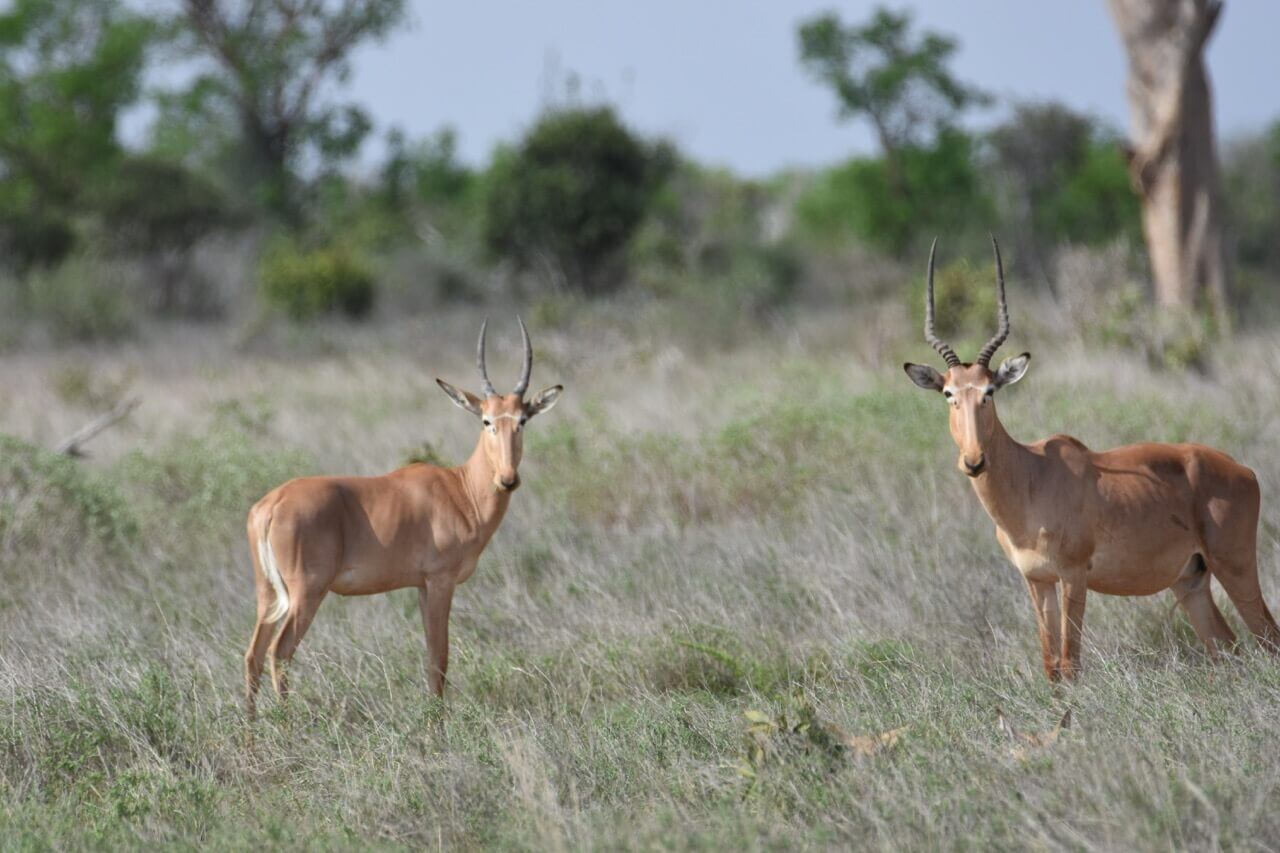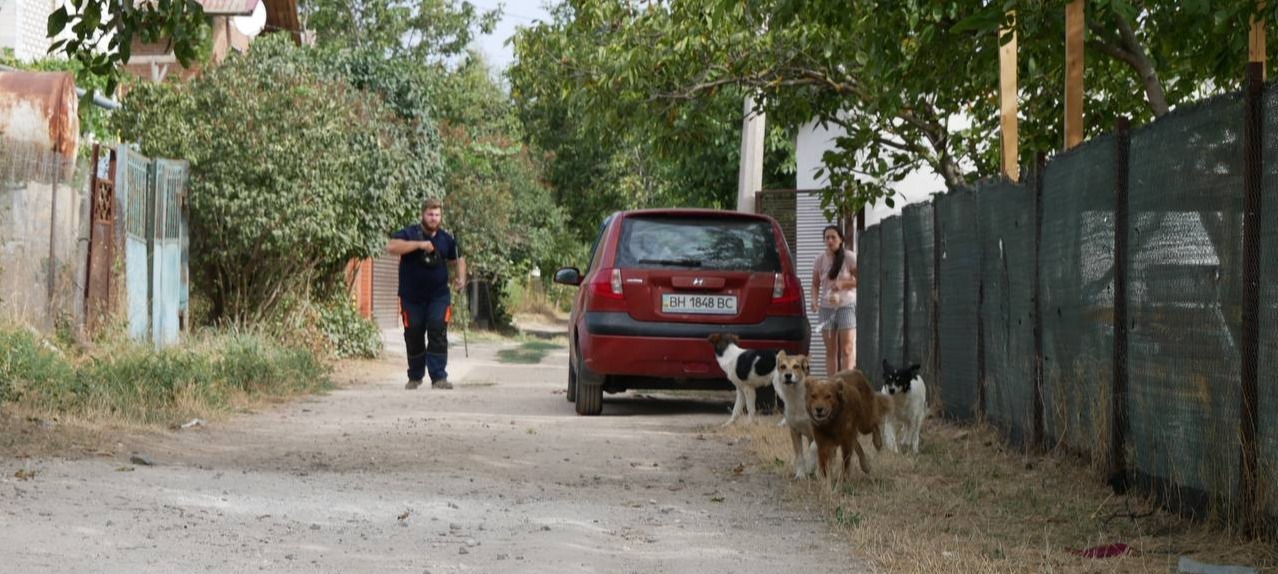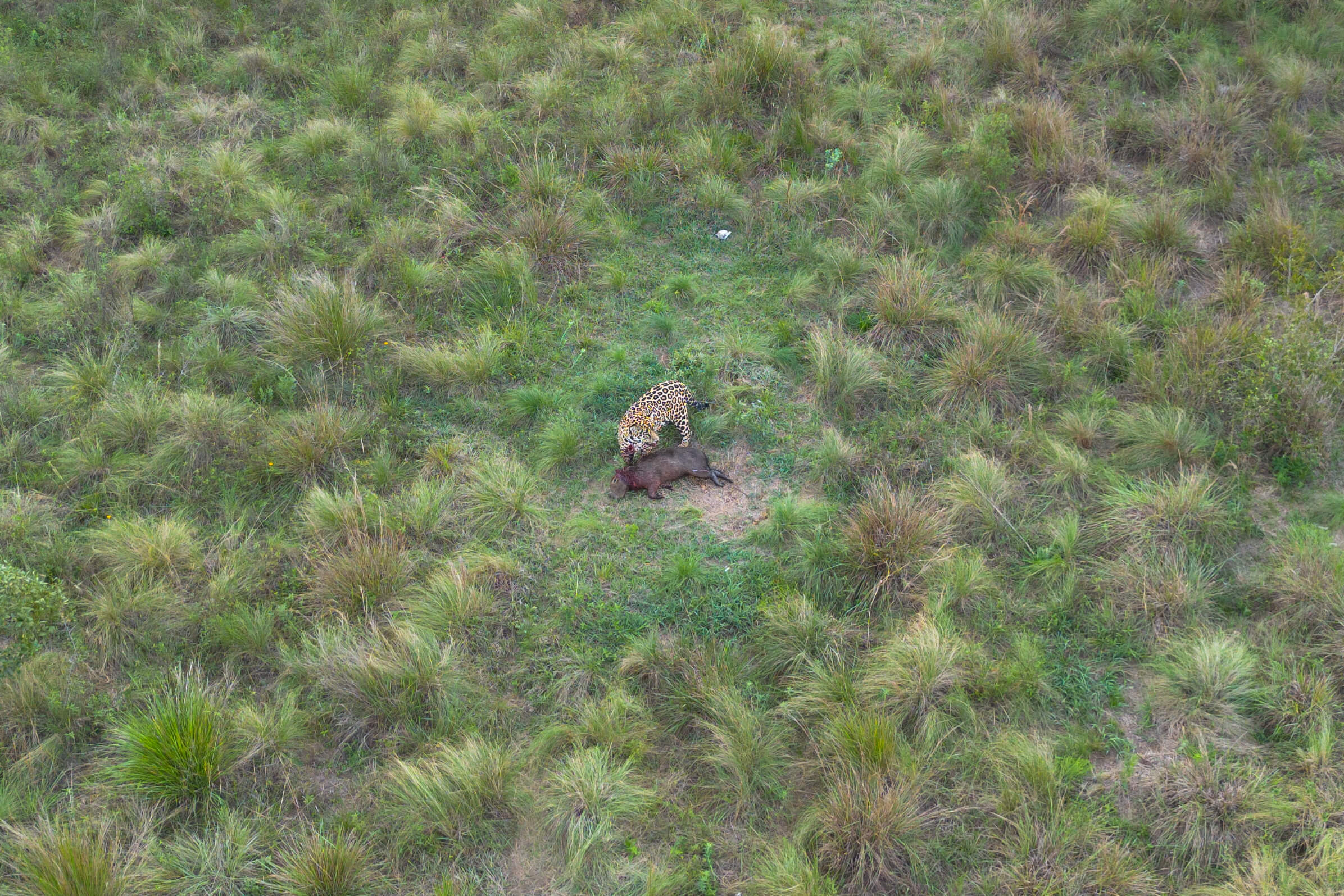The Hirola antelope is the rarest of all African antelopes. With less than 500 animals left - all in Kenya - it is in serious danger of extinction. If this happens, it will be the first time in modern history that an entire mammalian genus goes extinct in Africa.
For this reason, several projects are underway to protect the remaining Hirola, including a collaboration between the Wildlife Research and Training Institute (WRTI) in Kenya and the African Wildlife Genomics research group at the University of Copenhagen.
Population not growing as hoped
Associate professor Rasmus Heller, head of the research group, says the project aims to gain insight into the genetic health of the Hirola to understand why the population in Tsavo National Park in Kenya is not growing.
“In the late 1900s, a small population of animals were moved from areas where they were not protected into the national park, yet the population is not growing as hoped. There may be several explanations for this, and one of them may have to do with the genetic health of the population. We need to understand this better so that we can take the right measures - for example, by introducing animals with a genetic variation that can enrich the population in Tsavo,” he says.
Previously, DNA has been collected from the Hilora's droppings for research, but this cannot be used to derive whole DNA sequences that can provide the necessary insight.
“That's why we started collecting fresh DNA. In November we went on an expedition where we collected DNA material from 13 animals in Tsavo East National Park, which we are very pleased with. First of all, because the animals are so rare that they are hard to find, and secondly, because they are very shy and difficult to get close to,” says Rasmus Heller.

Photo credit: Rasmus Heller
Biopsy darts a more humane tactic
To collect the DNA material, the group used DANiNJECT's biopsy darts and a DANiNJECT model IM rifle.
“Without biopsy darts, we would have had to tranquilize the animals to take the samples, and we would really like to avoid that in an endangered species like the Hirola. It's more invasive and always poses a risk to the animals.”
The animals were darted from four-wheel drive vehicles, and useful biopsies were successfully taken from up to 30 meters away.
The research team is now extracting DNA from the collected biopsies, which will then be sent for sequencing. Finally, Rasmus Heller and his colleagues at the University of Copenhagen will start doing what they do best: analyzing the DNA sequences to gain greater insight into the genetic health of the Hirola and determine the best way to help the population thrive and grow.


Photo and video credit: Rasmus Heller


.jpg)

